Ireland. Roots?
The Other Side of the Tree
Ever since I was a kid, I’ve always been fascinated by exploring my family genealogy. Walking up and down the rows of tombstones in a little graveyard up the road from our family farm in Indiana, I could visibly trace back my roots from generations ago all the way back to the first of them to arrive in America nearly 200 years ago. They were Germans, mostly. Leaving behind feudalistic Hessia for a promise of a new start on the American frontier. I don’t know how or why they heard about this place called Indiana, or if they even knew thats where they were going to end up when they boarded the converted whaler Solomon Saltus in Rotterdam in the fall of 1840, but there they were, laying beneath my feet 150 years later, having put down roots in this new land that I have called home.
But as family genealogies go, that was just half of the story. Thanks to that graveyard, and the oral history passed down from those Germans in more recent generations, I know much of their story, but in other areas the trail goes cold more quickly. They point many places, some unexpected, some not as much. As is the case with most Americans, aside from that seemingly clear lineage traceable from that Indiana graveyard, many other branches of the tree were far less clear. I’d heard that my maternal grandfather’s family (with the proper Scottish or Irish name of McCready) immigrated through Canada via Ireland. Maybe escaping the plight of potato famine (pronounced taaay-ter fahm-un in a probably shockingly butchered Irish accent to us as kids); in any case, Ireland in many ways felt like the old home country to me, more so than even Germany, the land of all those Indiana homesteaders lying in that graveyard did.
We shared a common tongue (sort of), its rolling green hills reminded me of southern Indiana, and I grew up kissing our version of the Blarney Stone in the forest near the farm in hopes it would grant good luck and not just give us poison ivy on our faces.
Coming Home?
So the visit to Ireland in many ways felt like a return to my family’s roots. I knew of no little hamlet which my forefathers hailed from which I could visit, not even a port of embarkation from which they began their journey west like those Germans on the Solomon Saltus. But when we arrived in Dublin, rented a car and set out on our journey I had an odd feeling as if I’d come home, despite the fact that these people drove on the wrong side of the road.
One thing I had learned being in the UK is that it is a nearly criminal offense to confuse the Scottish with the Irish, punishable at best with a knowing, “you must be American” scorn, and at worst… a complexing mix of indifference and contempt at anything else that comes from your mouth.
Yet here I was imagining I was Irish even though my maternal grandfather William who no doubt knew much more than I did about his Scottish roots and was proud to be a Scot was likely one of the ones who would have scorned me in a pub confusing the two. With a shrug, I ordered another Guiness and imagined that those Irish roots intertwined with the Scots because thats what I had always understood as a kid.
Beaches and History
But we arrived in Kinsale, a small harbor town of only about 6,000 on the south coast, known for its history as a strategic port city for centuries as well as its charm and quaintness as an “off the beaten path” destination (although aside from Dublin, much of Ireland could be categorized this way). The bed and breakfast we checked into apperently did not allow more than three to a room, but having already arrived with our two kids in tow the charming couple who owned and ran the place welcomed us like family and eagerly offered freshly baked treats and arranged our breakfast time the next morning – a welcome difference to the fix this has put us into in other unplanned places.
We quickly set off to do what any person pictures doing in Ireland on a chilly fall day: finding a beach. After some googling and advice from helpful but skeptical locals, we found a beach and our kids ran around sticking their feet in the sand and frigid water. I couldnt help but be reminded of the 1,200 people that perished not far offshore from this spot 110 years earlier in the Lusitania, the residents of Kinsale in many cases sailling the 11 miles out to sea in search for survivors clinging to what remained of the ship (For those eager to know more of this story, Erik Larson’s Dead Wake is a thoughtful and gripping retelling – and a great cruise ship read).
The small but poignant memorial to the tragedy we visitied nearby no doubt fueled my older child’s terror since then in boarding any ship that intends to leave sight of the coast. The outrage in America over the death of more than 100 of its citizens helped fuel our entry into World War I – even though the ship is now thought to have been carrying war munitions, making it fair game for German u-boats, defending their nation in the midst of a crippling blockade of the much more powerful Royal Navy. But such is the course of history, which I stood for a moment reflecting upon while my clock ticked rapidly to identify a spot in Kinsale for dinner which would feature seafood, ice cream, and some dish that involved quinoa before the family got hungry.
Irish Hospitality
After the family retired at the B&B for the evening, I managed to sneak away to experience some of Kinsale’s night life, much subdued compared to the college crowds it can attract on the weekends. Tonight, as a lone gutiarist in the corner played John Denver and Irish folk songs at Kitty O Se’s, I was likely the youngest one in the pub, and in typical Irish fashion, I left feeling like I had just been out with a group of old friends, even though I was not making any effort to be particularly sociable.
Time and time again this trip, I’d be reminded of the genuine hospitality of the Irish, maybe due to it not being among those European destinations being ravaged by overtourism and cruise ship crowds – they all strangely seemed glad you were there, and not in an artifical way that was just eager for a tip. Perhaps that friendly easy going demeanor and the willingess to always have one more pint amidst a good conversation has been passed down from those Irish roots that formed a part of my family tree.
From Kinsale, we made our way up the west coast of the country, stopping to stay in old refurbished castles and stately manors homes that would have made my poor ancestors fleeing starvation centuries before feel like they had died and gone to heaven.
A Windy Finish
We visited the Cliffs of Moher on a particularly windy afternoon, I explaining between wind gusts to the kids that we were looking back at America, and in the course of a few weeks, a stout wooden sailing ship would have carried their ancestors across that harsh ocean to their new home. The kids yawned and asked where they could find some ice cream, never letting a chilly wind or a boring dad spoil their appetite for a nice treat.
After a brief stop in Galway, we piled in the car and drove the three hours back to Dublin. Like any proper traveler to Ireland, we boarded the cheap Ryanair flight with suitcases full of new wool sweaters, Jameson Crested and visions of that rolling green countryside that the McCready’s left so many years ago.

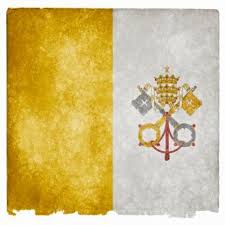
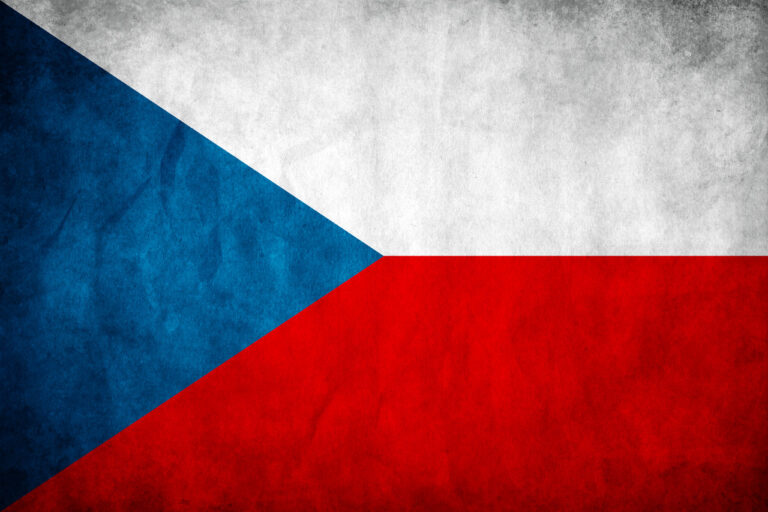
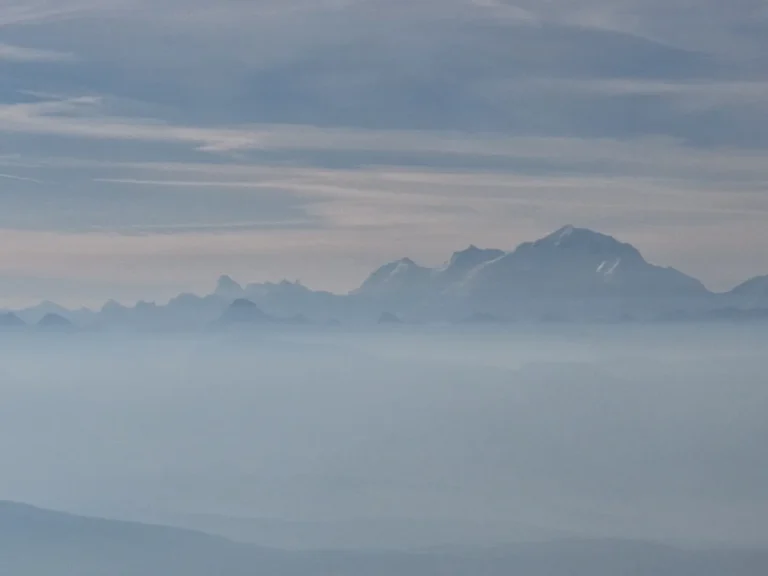

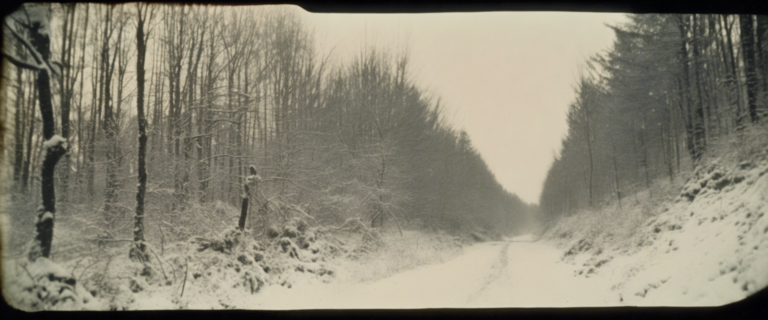
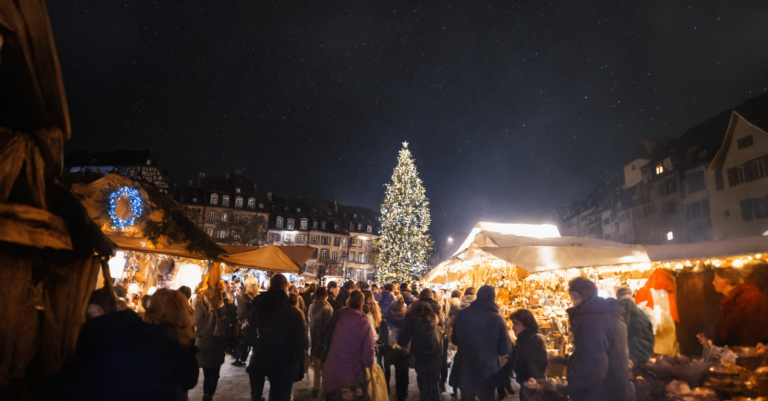

no really though…scotland and ireland are quite different. glad you picked up some wool sweaters. a wool blanket i bought in ireland is still one of my favorite souvenirs.
Oh bugger off.
Yes the wool sweaters are great. And very useful in our neck of the woods.